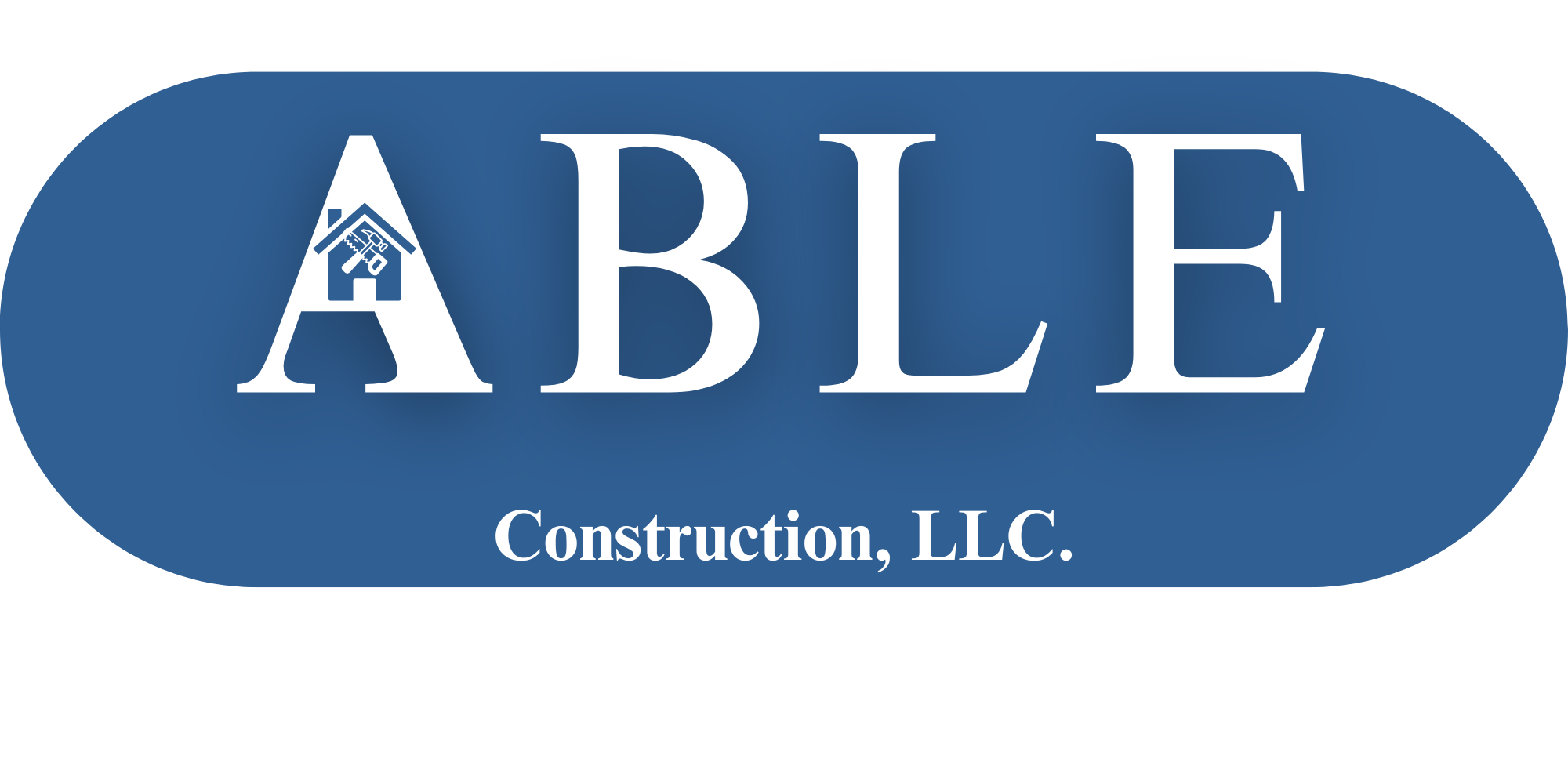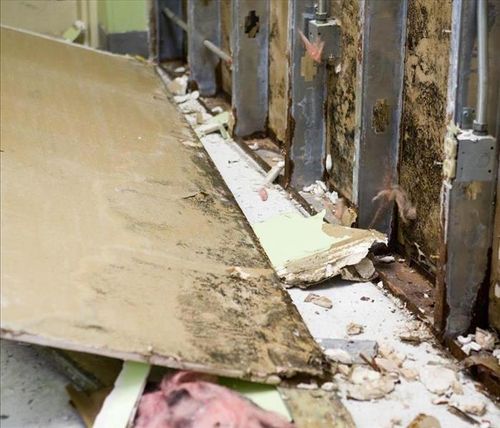You may already be familiar with the existence of mold. It naturally occurs if there is excess humidity in an area. It can grow on furniture, carpets, appliances, floors, drywall, and plaster walls. However, it seems like only a few take it seriously.
Mold can cause serious damage to your home structure as well as to your health. When mold grows on walls, floors, and foundations, it can cause the structure to weaken. If left uncontrolled for a long time, it will eventually rot the structure resulting in permanent and expensive damage.
Furthermore, mold can cause a variety of adverse side effects on human health. If a healthy human is exposed to mold for a significant period of time, they may experience skin irritation, itchy eyes, stuffy nose, and wheezing. For those who have pre-existing conditions, the effects can be worse and even life-threatening if the mold growing in your homes are similar to Stachybotrys.
MOLD STRUCTURAL DAMAGE
If you are interested in learning about how mold can cause structural damage to your houses, then you are in the right place. Continue reading down below for details that you need to know about.
Where does mold frequently grow?
Mold frequently grows on building materials, especially during the construction phase, because there is uncontrolled moisture that dampens the material causing condensation, high humidity, or liquid flow.
Technically, mold can grow almost anywhere. However, it can be frequently found where there is a nearby source of moisture. Examples of these places are the bathrooms, kitchen, and ceiling, in the case of a roof leak.
In bathrooms, mold can grow on the ceiling, floors, walls, and even toilets and bathtubs. This is because there is a high presence of heat and moisture in the space, which creates a very humid environment that is a perfect for breeding mold.
Kitchens with faulty plumbing, poor insulation, and inadequate waterproofing and ventilation are also prone to mold growth because of moisture and humidity. Even newly built kitchens are susceptible to mold growth when the right conditions are met.
Just like the bathroom and kitchen, your ceiling is also a common place where mold typically grows, especially when you live in an area with plenty of rainy days. If your roofs are not well-built, the moisture can seep into the structure from above and cause mold growth.
How serious is the damage caused by mold?
Mold can cause serious damage. First and foremost, it looks disgusting, so it will damage the aesthetic of your home, as well as causing your space to look untidy and uncared for. Second, as it grows on walls, ceilings, concrete, and foundations, it will slowly rot the material until the material decays.
Can mold destroy a house?
Absolutely! Mold can eventually cause a house to crumble to pieces when it grows on the home's integral structural components. It eats away the material such as insulation, carpeting, and paper backing and breaks it down into organic matter. However, prompt attention to mold when you notice it growing can prevent such serious damage.
HOW TO REPAIR DAMAGE CAUSED BY MOLD
When you need to treat mold and the damage caused by it, mold remediation is the answer. Hopefully the mold will not have had a great effect on the essential structure of your property. If there is damage to the foundation or to the framework supporting the building, it is imperative to consult with a structural engineer for safety reasons.
It is best to stay away from actively growing mold and let professionals like Able Construction LLC. Mold Remediation handle it for you. They have the right knowledge, equipment, and chemicals that can remove stubborn and dangerous mold quickly and completely.
When starting to repair the damage from mold, it is critical to cut off the source of moisture and humidity. If the room where the mold grew has leakage, the leak must be addressed before you can consider mold cleanup. If you don't, mold growth will be a recurring problem for you.
In order to physically remove as much existing mold growth as possible, it is common for professionals to remove and discard easily replaceable materials that have been infested by mold, like drywall or carpet (if it can't be cleaned).
Naturally, the job isn't done until the new drywall is in place and everything is free of mold, even if it means running an air scrubber to remove excess mold spores from the air. Able Construction LLC. Mold Remediation has general contractors who can help the homeowner to restore and repair everything.

